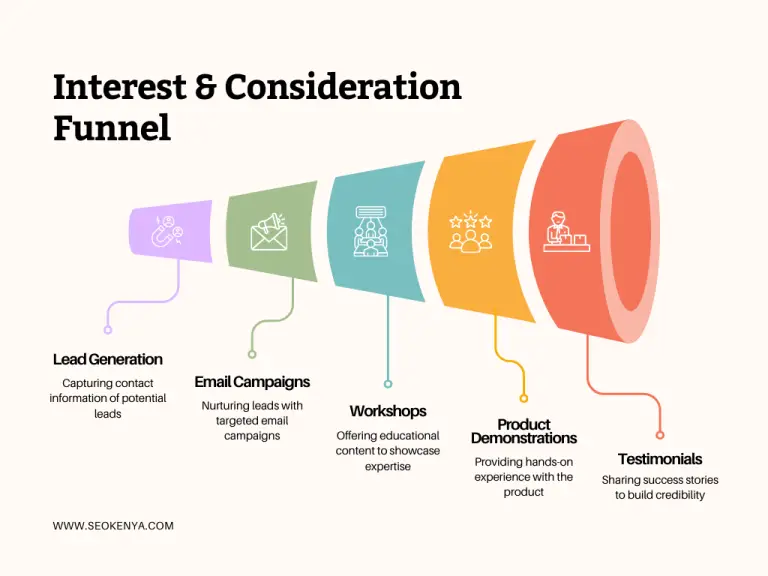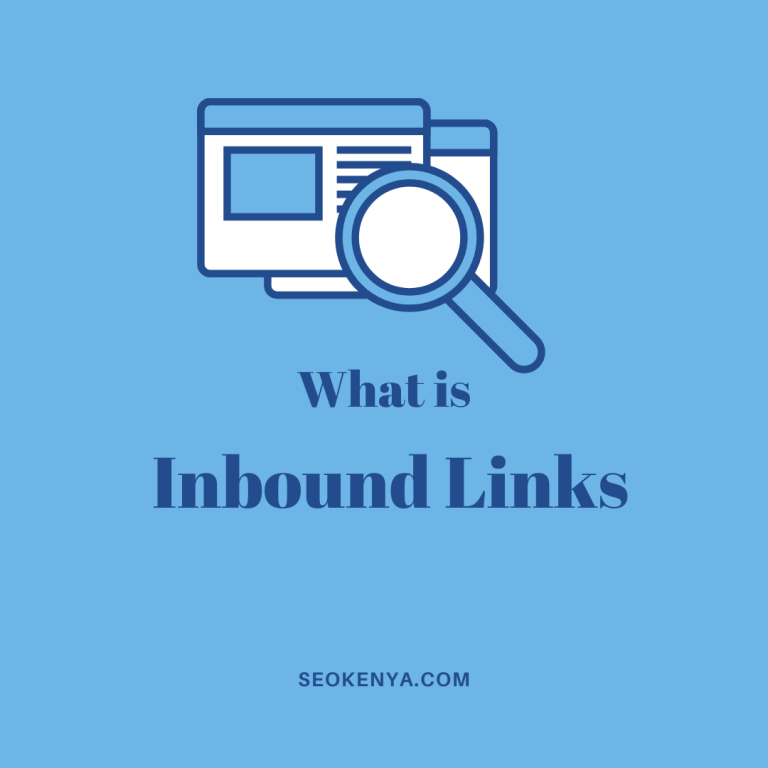What is PageRank Sculpting?
PageRank sculpting is a technique that plays a significant role in SEO strategies and website optimization. It involves strategically distributing the PageRank of a website to its subpages, thereby maximizing the link juice and impact on search engine ranking.
Internal linking and external linking are key components of PageRank sculpting. By optimizing anchor text and controlling the flow of link juice, webmasters can enhance the website architecture and improve the distribution of PageRank.
However, it’s crucial to note that PageRank sculpting effectiveness has been reduced since Google made algorithm changes in 2009. Despite this, maintaining a logical URL structure and a well-organized website architecture remains essential for efficient link flow and better search engine rankings.

Key Takeaways:
- PageRank sculpting is a technique used in SEO strategies for website optimization.
- It involves strategically distributing the PageRank to subpages to maximize link juice.
- Internal and external linking, as well as anchor text optimization, play a significant role in PageRank sculpting.
- Google’s algorithm changes in 2009 reduced the effectiveness of PageRank sculpting.
- Despite the changes, maintaining a logical website hierarchy is still important for better link flow and search engine rankings.
The Background and Theory of PageRank Sculpting
PageRank sculpting is a technique that relies on the hierarchical structure of a website to strategically distribute the PageRank to specific subpages. The concept of passing on PageRank through links applies to both internal and external links.
Before 2009, it was common practice to use the nofollow attribute to control the flow of link juice and distribute it to desired subpages.
By using the nofollow attribute on certain internal links, the remaining internal links would receive a higher proportion of link power, allowing websites to pass on a high PageRank to lower-level subpages. This approach helped improve the search engine ranking of those subpages.
However, Google made changes to its algorithm in 2009, which included internal nofollow links in the calculation of PageRank distribution. This change reduced the effectiveness of PageRank sculpting as a tactic to manipulate search engine rankings.
The purpose of this change was to prevent websites from artificially inflating the PageRank of weak subpages and ensure a fair distribution of PageRank.
Despite this, it is still important to have a logical website hierarchy and minimize unnecessary internal links to maintain an efficient flow of link power.
While PageRank sculpting has lost its prominence as a specific SEO tactic, it is crucial to understand the background and theory behind it. By understanding the hierarchical structure of a website and the flow of link power through internal and external links, SEO professionals can optimize their website architecture for better search engine rankings.
However, it is essential to note that current SEO best practices focus on creating valuable content, improving user experience, and building high-quality links rather than manipulating PageRank through sculpting techniques.
The Evolution of PageRank and its Impact on SEO
PageRank, once a prominent SEO metric, has undergone significant changes over the years. One notable change was the retirement of the Google Toolbar in 2016, which displayed the PageRank score of webpages.
The reason behind this decision was that many SEOs were focusing too much on increasing PageRank through manipulative tactics, rather than prioritizing the creation of great content and user experience.
Although the public-facing aspect of PageRank no longer exists, it still remains a crucial part of Google’s ranking system. The algorithm continues to utilize PageRank in its calculations, albeit behind the scenes.
While anchor text, which played a fundamental role in PageRank calculations in the past, can still influence search engine rankings, Google discourages manipulative practices and advocates for a focus on value-driven content creation and improved website architecture.
It’s important to note that the specific SEO tactic of PageRank sculpting is no longer recommended as an effective way to improve rankings.
Instead, SEO efforts should be channeled towards building high-quality links, optimizing anchor text, and creating a user-friendly website architecture. By following these strategies, websites can enhance their overall search engine visibility and provide a better user experience.
FAQ
What is PageRank sculpting?
PageRank sculpting is a technique that involves distributing the PageRank of a website to its subpages. It is used to strategically distribute the link juice to specific subpages, usually by using the “nofollow” attribute to control the flow of link power.
How does PageRank sculpting work?
PageRank sculpting relies on the hierarchical structure of a website. By using the nofollow attribute on certain internal links, websites can pass on a high PageRank to subpages that are lower in the site structure, while retaining link power for other pages.
Does PageRank sculpting still work?
Google made changes to its algorithm in 2009, which reduced the effectiveness of PageRank sculpting. Internal nofollow links are now included in the calculation of PageRank distribution, making it less effective as a specific SEO tactic. However, maintaining a logical URL structure and well-organized website architecture is still important for efficient link juice distribution and improving search engine rankings.
Why did Google retire the PageRank toolbar?
The Google Toolbar, which displayed the PageRank score of webpages, was retired in 2016. This decision was made because SEOs were focusing too much on increasing PageRank through manipulative tactics, rather than focusing on creating great content and user experience.
Does anchor text still influence search engine rankings?
Yes, anchor text can still influence search engine rankings today. However, Google discourages manipulative practices and recommends focusing on creating valuable content and improving website architecture, rather than solely relying on anchor text optimization.
Is PageRank sculpting a recommended SEO strategy?
PageRank sculpting, as a specific SEO tactic, is no longer recommended as an effective way to improve rankings. Instead, SEO efforts should be focused on building high-quality links, optimizing anchor text, and creating a user-friendly website architecture.




